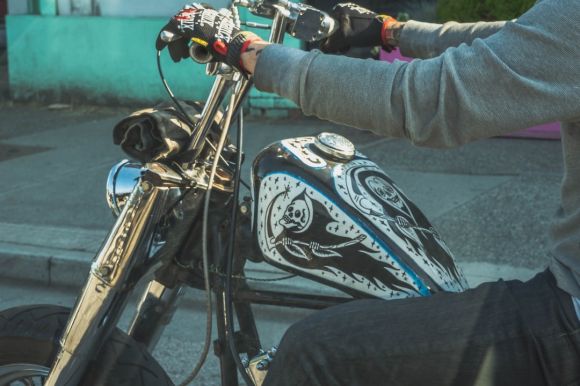Riding a bike can be a thrilling and enjoyable experience, but it can also pose challenges when faced with adverse weather conditions. Rain, wind, and snow can make riding more difficult and potentially dangerous. However, with the right knowledge and preparation, you can still have a safe and enjoyable ride. In this article, we will explore some advanced tips for riding in adverse weather.
Choose the Right Gear
When riding in adverse weather, it’s crucial to have the right gear to keep you comfortable and protected. Invest in a good quality waterproof jacket and pants to keep you dry in the rain. Opt for a jacket with vents to prevent overheating. Additionally, wear gloves that provide good grip and insulation. Consider wearing a helmet with a visor or goggles to shield your eyes from rain or snow.
Tire Selection
Choosing the right tires is essential when riding in adverse weather conditions. Consider switching to wider tires with more aggressive tread patterns for better traction on wet or snowy roads. These tires will provide better grip and stability, reducing the risk of skidding or sliding.
Braking Techniques
Braking in adverse weather conditions requires a different technique than in dry conditions. To avoid skidding, apply the brakes gradually and evenly. Sudden braking can cause your wheels to lock up, leading to a loss of control. If you do skid, release the brakes momentarily and reapply them gently. This will help regain traction and prevent a fall.
Riding in the Rain
When riding in the rain, it’s important to be extra cautious. Reduce your speed and maintain a safe distance from other vehicles. Wet roads can be slippery, so avoid sudden turns or maneuvers. Be mindful of painted surfaces, as they can become particularly slick when wet. Also, be aware of potential hazards such as potholes or debris that may be hidden under puddles.
Visibility
In adverse weather conditions, visibility can be significantly reduced. To increase your visibility to other road users, wear brightly colored or reflective clothing. Use front and rear lights, even during the day, to make yourself more visible. Consider adding reflective tape to your bike and wearing a reflective vest for added safety.
Cold Weather Precautions
When riding in cold weather, it’s important to protect yourself from the elements. Layer your clothing to trap heat and insulate your body. Wear a hat or thermal headband to keep your ears warm. Consider using hand warmers or wearing gloves with built-in insulation. It’s also essential to stay hydrated and consume warm fluids to prevent hypothermia.
Plan Your Route
Before heading out in adverse weather conditions, plan your route accordingly. Avoid areas prone to flooding or those with steep hills that may become more dangerous when wet or icy. Choose well-lit roads with good visibility and minimal traffic. Be aware of any road closures or construction that may affect your route.
Conclusion: Ride with Caution
Riding in adverse weather conditions requires extra caution and preparation. Choosing the right gear, tires, and practicing proper braking techniques will help you stay safe. Remember to ride at a reduced speed, maintain a safe distance from other vehicles, and be extra vigilant. By following these advanced tips, you can have a more enjoyable and safe ride in adverse weather conditions.
